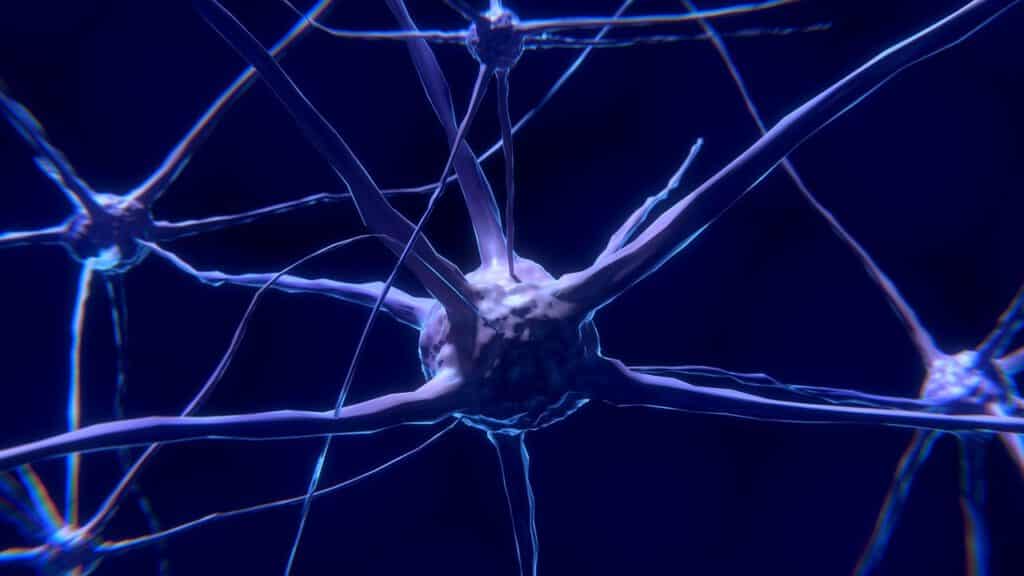Neurodegenerative disorders are associated with reduced levels of brain-derived neurotrophic factor (BDNF).
Recently the results of a meta-analysis have been published (Ruiz-Gonzalez et al, 2021; Neurosci Biobehav 1-jun; doi: 10.1016/j.neubiorev.2021.05.025) whose objective was to evaluate the effect of exercise interventions on plasma BDNF levels in people with neurodegenerative disorders.
The following were included eighteen randomized controlled trials (RCTs) that evaluated the effects of exercise versus no exercise interventions on plasma BDNF levels in people with neurodegenerative disorders (i.e., multiple sclerosis, Parkinson's disease, mild cognitive impairment [MCI], and Alzheimer's disease).
The results showed that exercise interventions induced a significant increase in plasma BDNF levels (SMD = 2.22, 95% CI = 1.33-3.12, p <0.001), which was confirmed separately for multiple sclerosis (p <0.001) and Parkinson's disease (p = 0.009), with a non-significant trend for MCI (p = 0.080). BDNF levels increased significantly regardless of exercise type (p <0.001, p = 0.003 andp = 0.020 for combined, aerobic and strength exercise, respectively), weekly exercise volume (p <0.001 for ≥150 and <150 min/week) and intervention duration (p <0.001 for both ≥12 and <12 week interventions).
The authors concluded that physical exercise interventions increase plasma BDNF levels in people with neurodegenerative disorders.
Brain-derived neurotrophic factor (BDNF) is produced in neurons, especially in the hippocampus and cortex, which are areas involved in learning and memory. BDNF production has also been demonstrated in skeletal muscle, although BDNF produced by muscle does not appear to be released into the bloodstream, so the effects on the central nervous system are questionable. In any case, one of the most important aspects of exercise in relation to health is its effects on age-related neurodegenerative disorders. We do not know precisely what exercise is most linked to this neuroprotective factor, although everything suggests that these beneficial effects are linked to the sustained and intense muscular contraction itself, rather than to a specific exercise modality.



